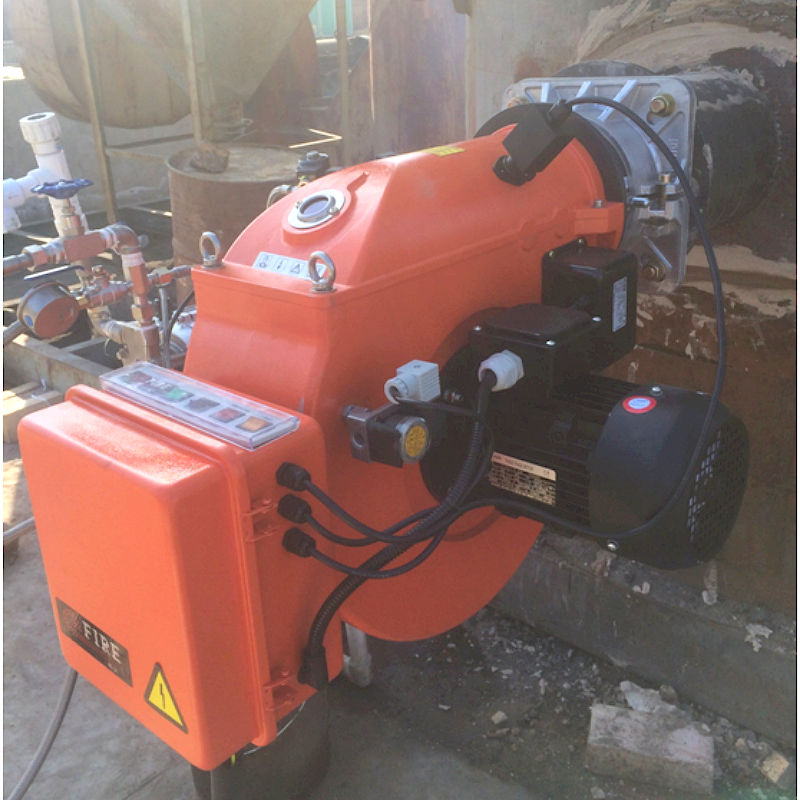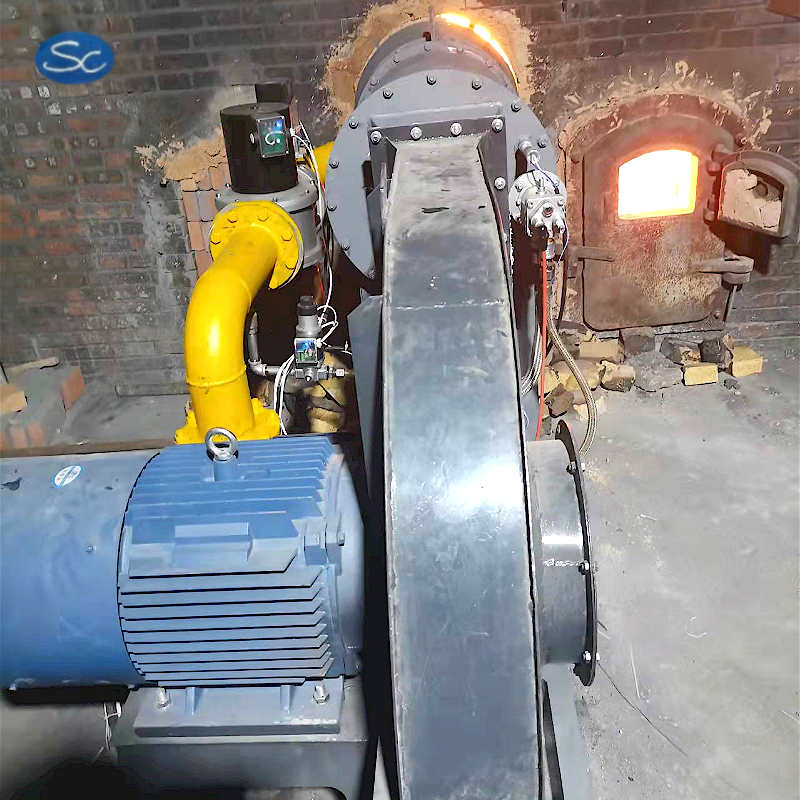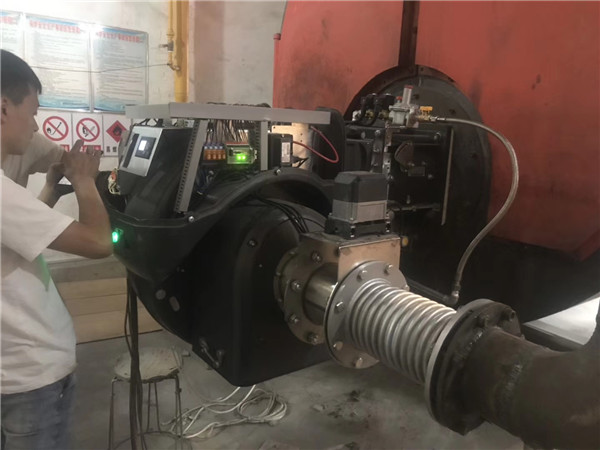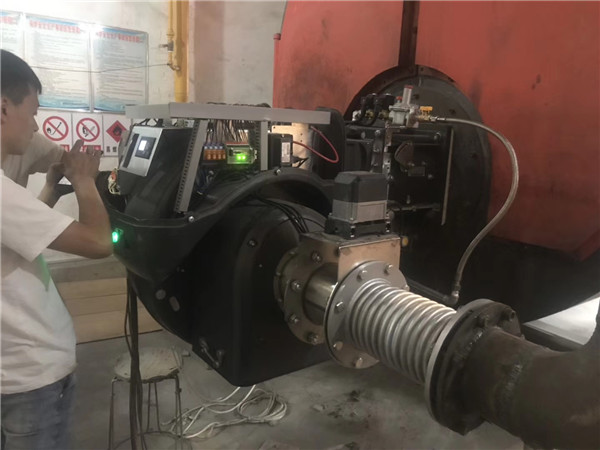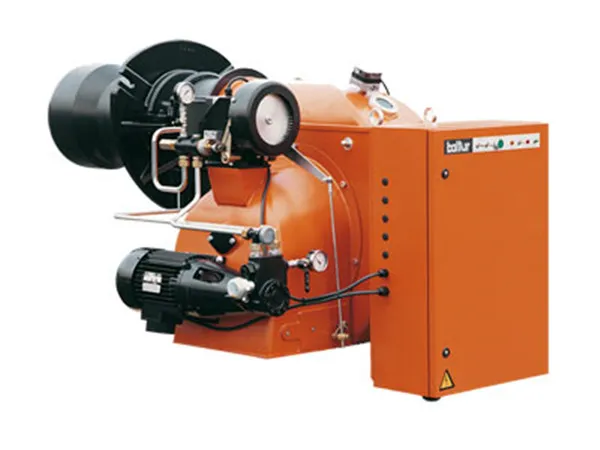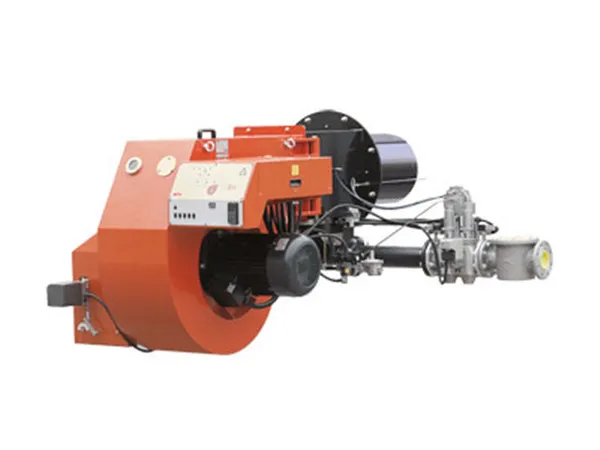On the big stage of industrial production, the combustion system is like a diligent “energy converter”, converting the chemical energy of fuel into heat energy, driving the operation of various equipment. However, with the increasing scarcity of energy resources and the continuous improvement of environmental protection requirements, how to improve the efficiency of industrial combustion systems, so as to ensure production while reducing energy consumption and pollutant emissions to a large extent, has become an urgent problem facing many enterprises. This article will provide a detailed explanation of various methods to improve the efficiency of industrial combustion systems, helping enterprises steadily move forward in this journey of energy conservation and consumption reduction.
Improve the efficiency of industrial combustion systems
1、 Optimize burner design
The burner is the core component of the combustion system, and its design directly affects the combustion efficiency. Firstly, improving the nozzle structure is crucial. For example, a porous nozzle can spray fuel in multiple small jets and mix them thoroughly with air, just like sprinkling flour into water and stirring, increasing the contact area, mixing more evenly, and naturally burning more thoroughly. The swirl nozzle causes the fuel and air to rotate before entering the combustion chamber, prolonging the mixing time and further promoting combustion. Secondly, choosing the appropriate type of burner is also crucial. For gas fuels such as natural gas, premixed burners allow the fuel to be mixed with air in advance, resulting in stable flames, uniform temperature, and higher efficiency during combustion; For solid fuels such as coal powder, DC burners or swirl burners can better adapt to their combustion characteristics, allowing coal powder to burn fully in the combustion chamber, reducing the discharge of unburned coal powder with flue gas, and wasting energy.
2、 Combustion control optimization
Accurate combustion control is a powerful guarantee for improving combustion efficiency. On the one hand, it is necessary to accurately control the ratio of fuel to air. With the help of excellent sensors, real-time monitoring of parameters such as oxygen and carbon dioxide during the combustion process is like doctors understanding human health by examining blood indicators. Based on these data, accurately adjust the supply of fuel and air to ensure that the fuel burns at an excellent air-fuel ratio, avoiding incomplete combustion caused by excessive fuel or insufficient air, as well as excessive heat carried away by excess air, which reduces combustion efficiency. On the other hand, adopting an intelligent combustion control system is highly beneficial. By utilizing technologies such as artificial intelligence and big data, an intelligent control system can be constructed that can automatically adjust driving modes (combustion parameters) based on road conditions (combustion data), such as fuel supply, air supply, combustion temperature, etc., just like experienced drivers. This ensures that the combustion process is always in excellent condition, thereby improving combustion efficiency.
3、 Simulation and Optimization of Combustion Process
Simulating and optimizing the combustion process through technological means can provide strong support for improving combustion efficiency. Establishing high-precision numerical simulation methods is the foundation. Based on combustion theory and computational fluid dynamics, fine simulation models are built to deeply analyze the temperature distribution, velocity field, concentration field and other details inside the combustion chamber. It is like using a high-definition camera to capture every corner of the combustion process and identify the “culprits” of low combustion efficiency, such as local oxygen deficient areas, uneven mixing of fuel and air, etc. Then, based on the simulation results, targeted optimization adjustments are made, such as adjusting the installation position and angle of the burner to make it more conducive to the mixing of fuel and air; Change the geometry of the combustion chamber and optimize the flow path of the airflow; Optimize the mixing method of fuel and air to make the combustion process smoother and more efficient.

